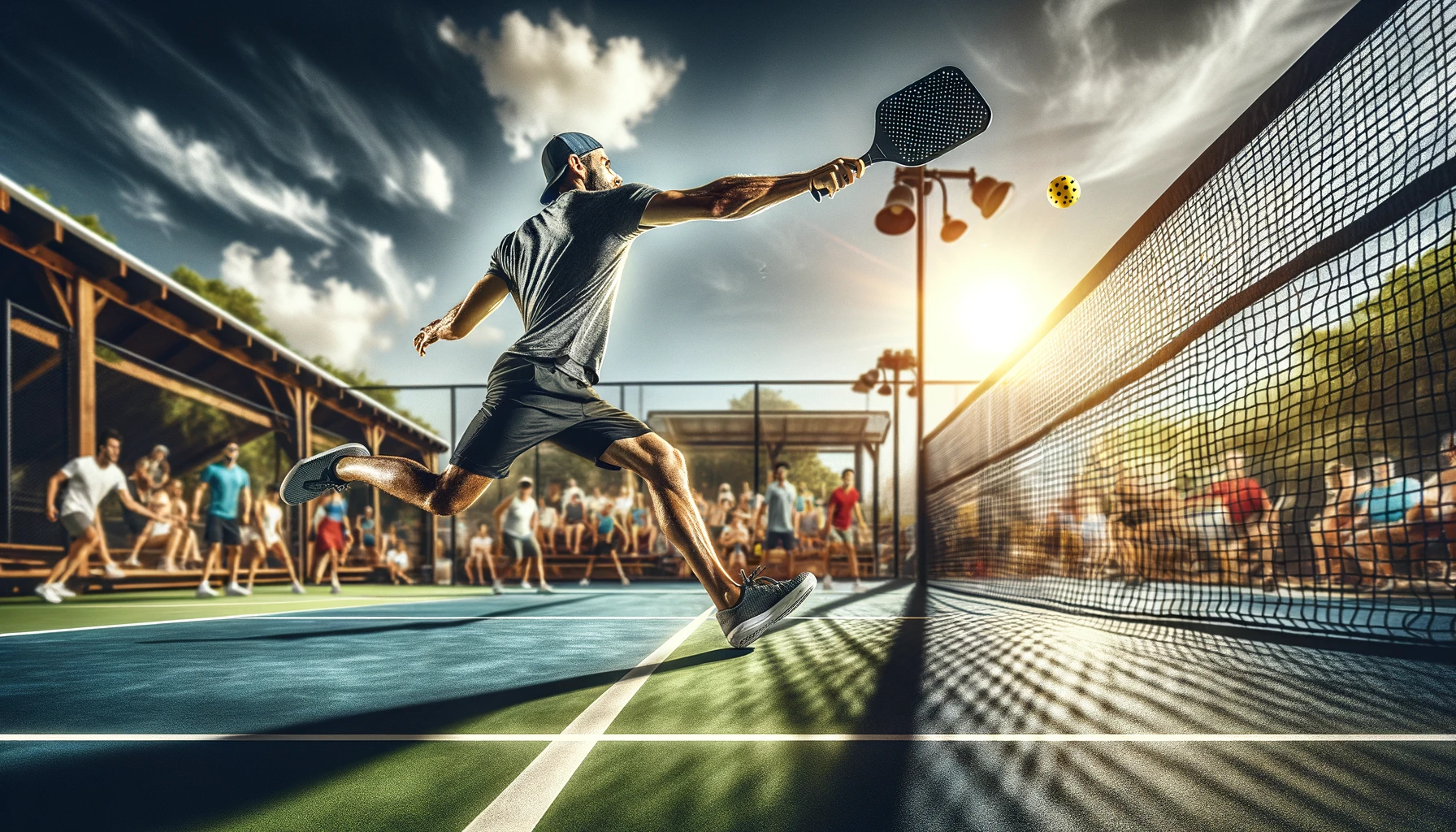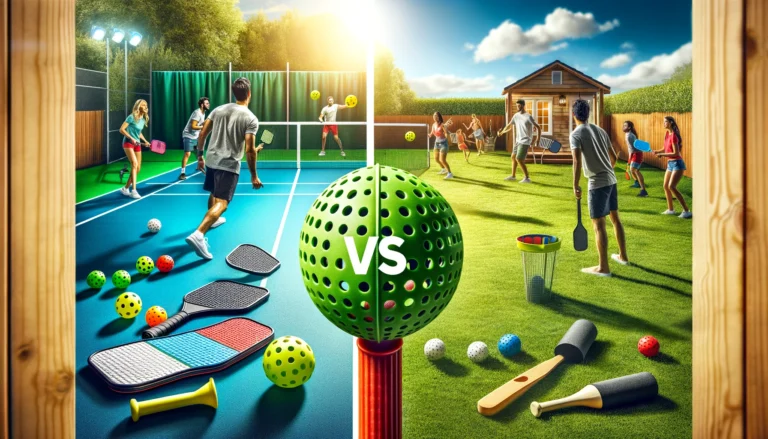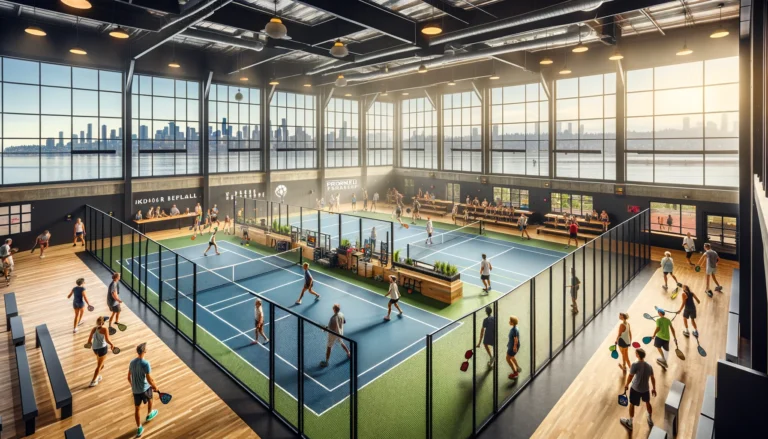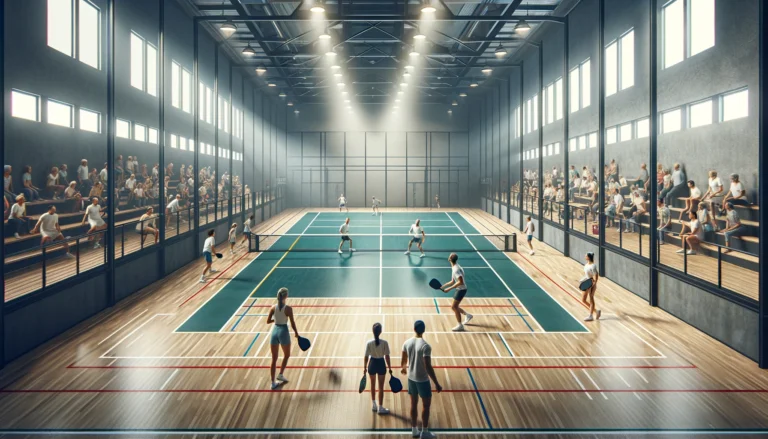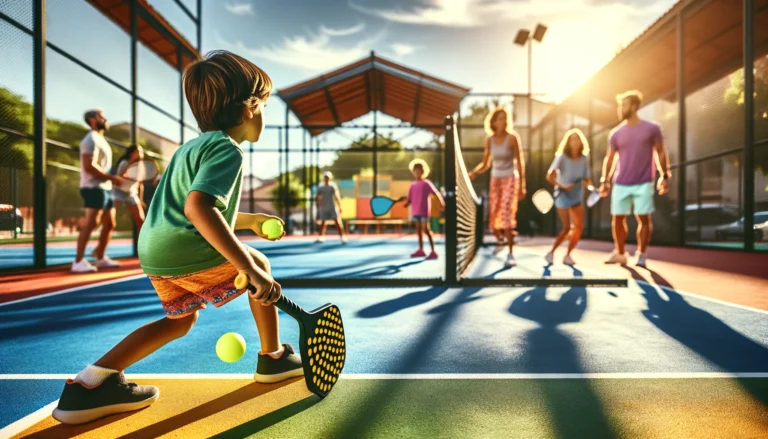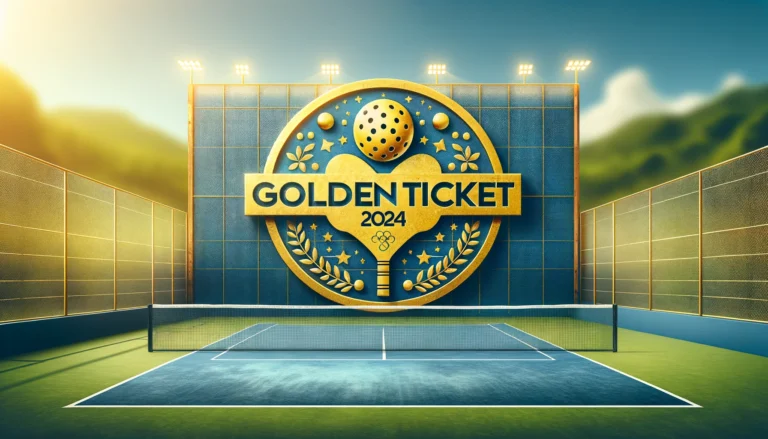Mastering the Pickleball Volley: Techniques, Tips, and Strategies
Pickleball Volley
The pickleball volley is a fundamental skill that every player must master to excel in the game. Whether you’re a beginner or an advanced player, understanding the intricacies of the pickleball volley can significantly enhance your performance.
In this comprehensive guide, we will delve into the various aspects of the pickleball volley, providing you with techniques, tips, and strategies to perfect your game.
In this blog post, we will explore the mechanics of the pickleball volley, the different types of volleys, common mistakes to avoid, and effective drills to improve your volley skills. Additionally, we will discuss the importance of positioning, timing, and strategy in executing successful volleys.
By the end of this article, you will have a thorough understanding of how to master the pickleball volley and elevate your game.
Readers will gain valuable insights into the pickleball volley, learning practical tips and advanced techniques that can be applied on the court.
Whether you’re looking to enhance your offensive or defensive game, this guide will provide you with the knowledge and tools to become a more formidable pickleball player.
Understanding the Pickleball Volley
What is a Pickleball Volley?
A pickleball volley is a shot executed without letting the ball bounce on your side of the court. This technique is essential in maintaining an aggressive stance and keeping your opponents on their toes.
The volley is typically performed near the net, allowing players to intercept the ball early and dictate the pace of the game.
Types of Pickleball Volleys
There are several types of volleys in pickleball, each serving a different purpose:
- Punch Volley: A firm, controlled shot aimed at placing the ball deep into the opponent’s court.
- Block Volley: A defensive volley used to deflect powerful shots, reducing their speed and direction.
- Drop Volley: A soft shot designed to land just over the net, forcing opponents to move forward.
Importance of the Volley in Pickleball
The volley is crucial in pickleball because it allows players to maintain control of the rally and apply pressure on their opponents. By mastering the volley, you can reduce your opponent’s reaction time and limit their shot options, gaining a strategic advantage in the game.
Key Techniques for a Successful Pickleball Volley
Proper Grip and Stance
Using the correct grip and stance is fundamental to executing an effective volley. The continental grip, also known as the “hammer grip,” is commonly used for volleys. This grip provides versatility and control, allowing you to easily switch between forehand and backhand volleys.
Footwork and Positioning
Good footwork and positioning are essential for effective volleying. Position yourself close to the net, but not too close to avoid getting lobbed. Keep your feet shoulder-width apart, knees slightly bent, and weight balanced on the balls of your feet. This stance allows for quick lateral movements and better reaction time.
Timing and Anticipation
Timing and anticipation are critical in volleying. Focus on the ball and anticipate your opponent’s shot direction. Practice reading your opponent’s body language and racket position to predict the trajectory of the ball. This skill improves with experience and is key to executing successful volleys.
Executing the Shot
When executing a volley, keep your swing compact and controlled. Use your non-dominant hand to guide your racket and maintain balance. Strike the ball in front of your body, using a firm wrist and minimal follow-through. Aim for a controlled, crisp contact to direct the ball with precision.
Common Mistakes to Avoid
Overhitting the Ball
One of the most common mistakes in volleying is overhitting the ball. This often results from excessive arm movement or too much force. Focus on a controlled, compact swing and use your body to generate power, rather than relying solely on your arm.
Poor Footwork
Inefficient footwork can lead to missed volleys and poor shot placement. Always be ready to move quickly and position yourself correctly. Practice drills that improve your agility and foot speed to enhance your volleying capabilities.
Lack of Focus and Anticipation
Failing to anticipate your opponent’s shots can put you at a disadvantage. Stay focused and alert, constantly analyzing your opponent’s movements and shot patterns. Developing this skill will help you react more effectively and improve your volley success rate.
Drills to Improve Your Pickleball Volley
Partner Volley Drills
Practice with a partner to simulate real-game scenarios. Stand close to the net and exchange volleys, focusing on control and consistency. Gradually increase the speed and intensity of the volleys to challenge each other and improve your reflexes.
Wall Volley Drills
If you don’t have a practice partner, a wall can be an excellent alternative. Stand a few feet away from the wall and hit volleys continuously, aiming for a specific target. This drill helps improve your accuracy, control, and reaction time.
Multi-Ball Drills
Use multiple balls to practice rapid-fire volleys. Have a partner feed balls to you at a fast pace, requiring you to react quickly and maintain control. This drill enhances your hand-eye coordination and helps develop quick reflexes.
Advanced Strategies for the Pickleball Volley
Offensive Volleys
Use offensive volleys to apply pressure and keep your opponents on the defensive. Aim for deep, powerful shots that force your opponents to retreat. Combine different types of volleys, such as punch and drop volleys, to keep your opponents guessing and off balance.
Defensive Volleys
Defensive volleys are crucial for neutralizing aggressive shots from your opponents. Use block volleys to absorb the impact of powerful shots and redirect them with control. Focus on maintaining a solid stance and positioning to handle high-velocity shots effectively.
Transition Volleys
Transition volleys are used when moving from the baseline to the net. Practice hitting volleys while advancing forward, maintaining balance and control. This skill is essential for taking advantage of short balls and closing the distance to the net.
The Role of Volleying in Doubles Play
Communication and Coordination
In doubles play, effective communication and coordination with your partner are vital. Discuss volley strategies and positioning to cover the court efficiently. Signal your intentions and be aware of your partner’s movements to avoid collisions and maximize court coverage.
Poaching and Switching
Poaching involves intercepting shots aimed at your partner, adding an element of surprise to your game. Coordinate with your partner to execute poaches effectively, and practice switching positions seamlessly to maintain coverage and pressure on your opponents.
Court Positioning
Proper court positioning is crucial in doubles play. Stay close to the net to capitalize on volley opportunities, but be ready to move back if necessary. Position yourselves to cover the middle of the court, reducing gaps and limiting your opponents’ shot options.
Tips from the Pros
Observing Professional Players
Watch professional pickleball matches to learn from the best. Pay attention to their volleying techniques, positioning, and strategies. Analyze how they handle different situations and incorporate their tactics into your game.
Practicing with Intention
Practice with a specific focus on improving your volleys. Set goals for each practice session, such as increasing accuracy or speed. Consistent, intentional practice will help you develop muscle memory and refine your volleying skills.
Seeking Feedback
Get feedback from experienced players or coaches to identify areas for improvement. Constructive criticism can provide valuable insights and help you make necessary adjustments to your technique and strategy.
Q&A: Common Questions About Pickleball Volleys
What is the best grip for a pickleball volley?
The best grip for a pickleball volley is the continental grip, also known as the “hammer grip.” This grip provides versatility and control, allowing you to switch easily between forehand and backhand volleys.
How can I improve my volley accuracy?
Improving volley accuracy requires consistent practice and focus on technique. Use drills like wall volleys and partner volley drills to hone your accuracy. Pay attention to your grip, stance, and swing mechanics, and practice hitting specific targets.
What should I do if my volleys keep going out of bounds?
If your volleys keep going out of bounds, you may be overhitting the ball. Focus on a controlled, compact swing and use your body to generate power. Practice using a softer touch and aim to place the ball within the boundaries of the court.
How important is footwork in volleying?
Footwork is crucial in volleying. Proper footwork allows you to position yourself correctly and react quickly to your opponent’s shots. Practice footwork drills to improve your agility and balance, which will enhance your volleying skills.
Can I volley the ball directly from the serve?
No, you cannot volley the ball directly from the serve. In pickleball, the ball must bounce once on each side of the court before volleys are allowed. This rule is known as the “two-bounce rule” and is fundamental to the game’s structure.
Last Words
Mastering the pickleball volley is essential for becoming a well-rounded player. By understanding the mechanics, avoiding common mistakes, and practicing regularly, you can significantly enhance your volleying skills. Whether you’re playing singles or doubles, the ability to execute effective volleys will give you a strategic advantage and elevate your game.
Remember to stay focused, practice with intention, and continuously seek ways to improve. The pickleball volley is a dynamic and versatile skill that can transform your playing style and make you a more formidable opponent on the court. Embrace the challenge, enjoy the process, and watch your pickleball game reach new heights.

